If you click on a link and make a purchase we may receive a small commission. Read our editorial policy.
45 years ago, The Death of Phoenix changed the X-Men (and superhero comics) forever - or at least, until the next Marvel retcon changed everything all over again
Amazingly, the X-Men creators' original plan wasn't even to kill off Jean Grey for the Phoenix's genocidal actions - but then Marvel editor-in-chief Jim Shooter stepped in

Popverse's top stories
- Is the Supergirl teaser trailer already teasing a Man of Tomorrow connection? Because our Brainiac senses are tingling
- Watch now: Watch as Nickelodeon presents the Avatar: The Last Airbender 20th Anniversary Panel, featuring Dante Basco, Zach Tyler Eisen, Jack De Sena, Mae Whitman, Michaela Jill Murphy, from NYCC 2025
- The Amazing Digital Circus stars Lizzie Freeman, Michael Kovach, and Alex Rochon are coming to Seattle's ECCC 2026
Considering the impact that Uncanny X-Men #137 had when it was released in June 1980 — bringing an end to the increasingly popular comic book’s ‘Dark Phoenix Saga’ storyline by killing off the Phoenix altogether, seemingly permanently — it’s worth remembering that creators Chris Claremont and John Byrne didn’t originally intend for the story to end with the death of X-Men founding member Jean Grey, who’d claimed the Phoenix identity just 36 issues earlier.

“I saw what was going to happen to Phoenix in issue #137, and I did not feel that it worked,” then-editor-in-chief Jim Shooter admitted in 1984’s Phoenix: The Untold Story, a Marvel-published retrospective on the storyline. “I felt that it was a cop out.”
Welcome to Back Pages, our monthly look through comic book history revisiting some of the most important (or more interesting) storylines, characters, and concepts from the past century of funny books. First up: a look back at the dramatic climax of the X-Men's Dark Phoenix Saga, 45 years after the fact.
The original plan for Uncanny X-Men's 'Dark Phoenix Saga' ending
Claremont and Byrne’s original plan — the cop out in question — was that, after the Phoenix had turned on the X-Men (and, earlier, destroyed an entire planet of living beings), she would be de-powered by alien science but otherwise left unharmed, to remain a presence in the X-Men comic book and potentially return as a threat to bedevil the heroes at some undisclosed point in the future. Shooter wasn’t the only one unhappy with this resolution to the storyline, according to those involved in the creation of the issue — Claremont points out in The Untold Story that fellow writer and former X-Men editor Roger Stern was similarly upset by it — but he was the one who told the creators to scrap what they had and try again.
“I said, these are my objections, this is the problem. I don’t care how you resolve it but I want it resolved,” Shooter remembered in The Untold Story. “We had, basically, 24 hours, 26 hours, to think up the idea because John only had three days in his schedule to pencil it,” Claremont added. “We couldn’t delay it for an extra month, because of commitments to the distributors, to the direct sale market…”
In that light, it’s even more impressive that the issue — titled ‘The Fate of the Phoenix!’ including the exclamation point — turned out as well as it did, or had the impact that it did. In the end, only seven pages from the original version of the issue didn’t survive, with the end of the issue entirely reworked to show Jean Grey losing control of the Phoenix, confronting the X-Men one last time, before making the ultimate sacrifice in a moment of lucidity and killing herself to save reality.
'The Dark Phoenix Saga' showed any hero could die

It was a shocking moment for fans, and arguably the decisive moment for the X-Men comic book franchise for years, if not decades, later — a sign that this was a comic book where anything could happen, and no-one was safe. This was underscored by Jean Grey’s partner Cyclops leaving the series the very next issue; he had been the only mainstay of the series to that point, and his absence underscored that lack of permanence fans could rely on. This wasn’t the first time a major publisher had killed off a lead character for good — DC had killed the entire Doom Patrol in the final issue of their series, back in 1968 — but it was the first time it had happened to fan-favorite characters in a series that was seemingly everyone was paying attention to.
The enforced second draft gave the storyline more emotional impact and meaning, as Claremont and Byrne remixed core parts of Marvel’s classic characters — the hero-as-monster of the Hulk or the Fantastic Four’s Thing; the tragic deaths at the core of Spider-Man’s ongoing story, whether it’s Uncle Ben or Gwen Stacy; even the aggressive transformation of Spider-Man’s “With great power, there must come great responsibility” axiom into text, as Phoenix took the ultimate responsibility for her murderous ways — into a story that was overblown, operatic, and utterly irresistible. After the death of the Phoenix, everyone wanted to read Uncanny X-Men from that point on. After all, who knew what might happen next?

Not bad for something thought up in less than 36 hours.
Of course, Jean Grey wasn’t dead. By 1986, sales on Uncanny X-Men were so high that Marvel couldn’t resist the appeal of a spin-off series reuniting all of the original team one more time… including the seemingly deceased Grey, who was revealed to have never been Phoenix in the first place in a substantial revision of history that upset Chris Claremont so much that, he revealed in the 2006 book Comic Creators on X-Men, he almost quit writing the X-Men altogether.
Ironically, X-Factor #1 — the comic that brought Jean Grey back from the dead — impacted the X-Men franchise just as much as her death had, establishing what would become known as the ‘revolving door’ into Heaven as characters died and returned with increasing frequency. But that’s not the only parallel the issue has with Uncanny X-Men #137. In a strange coincidence, the issue was reviewed after being completed by Jim Shooter… who demanded last-minute changes that meant creators had to rework the issue on a nearly impossible deadline.
The more things change, the more they stay the same.

Keep up to date on Popverse's Marvel coverage, with these highlights:
- The MCU needs Anya Taylor-Joy's Magik in it (and not just for the X-Men connection)
- How Disney+'s What If...? is the moonshot for the next 50 years of Marvel Studios & the MCU
- Marvel Studios has accidentally created a new Phase that predates Phases 1 - 6: the MCU Phase Zero
- Overgrown children of the atom: Marvel's X-Men can't evolve past their '90s commercial peak
- The biggest outstanding questions of the Marvel Studios' movies & TV shows
- Donald Trump is the landlord for Marvel's House of Ideas
- Marvel Studios swapping out Doctor Doom for Kang offers the chance to jettison the Multiverse Saga
- What Marvel Studios boss Kevin Feige is saying (and not saying) about the MCU X-Men franchise says a lot about the future of the Mutant Saga
- If Marvel is going to bring Loki back for Secret Wars, it's time to give him an upgrade
- In 2021, Sony's boss said people won't miss Spider-Man in its Spider-adjacent movie. Turns out, they do.
Follow Popverse for upcoming event coverage and news
Find out how we conduct our review by reading our review policy
Let Popverse be your tour guide through the wilderness of pop culture
Sign in and let us help you find your new favorite thing.


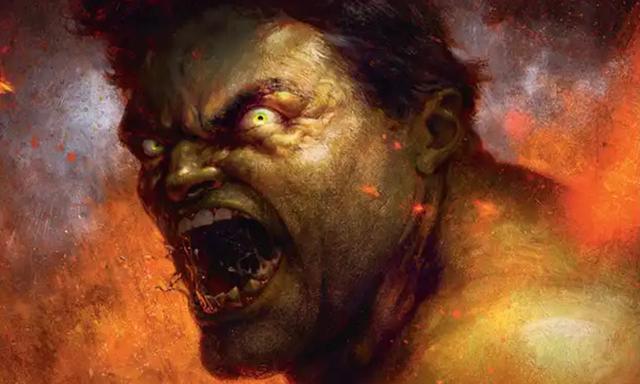

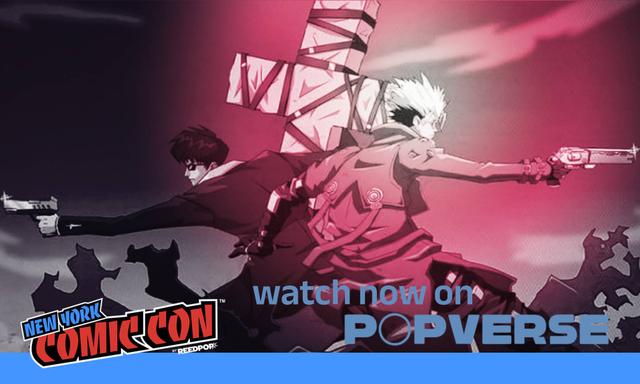
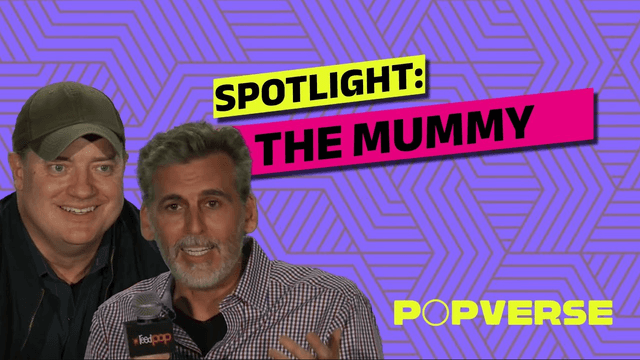

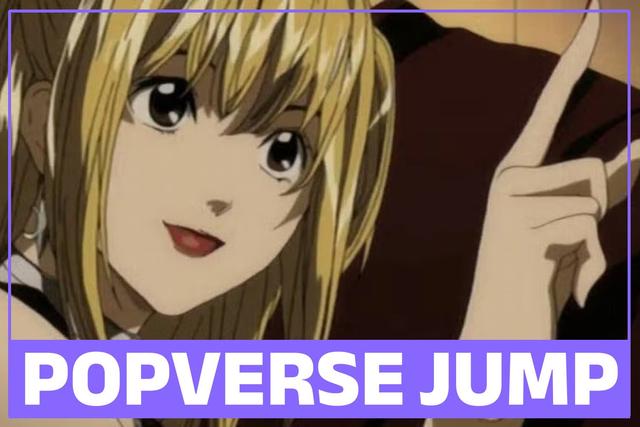

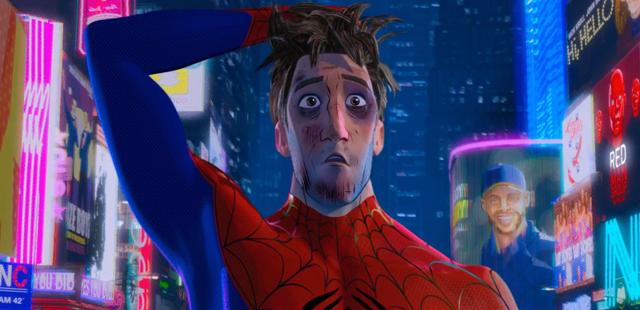






Comments
Want to join the discussion? Please activate your account first.
Visit Reedpop ID if you need to resend the confirmation email.